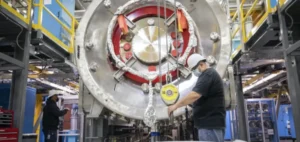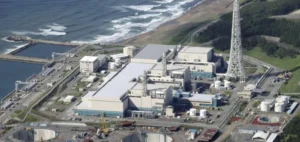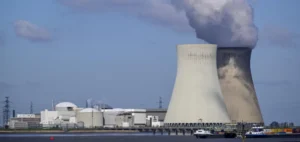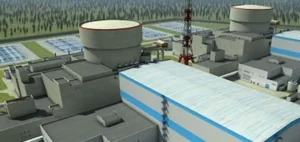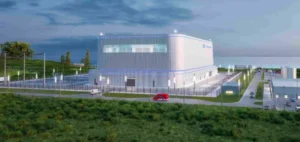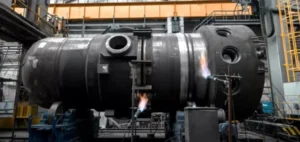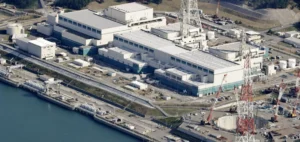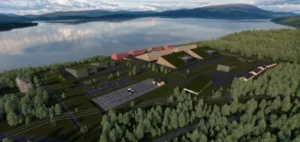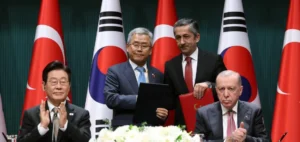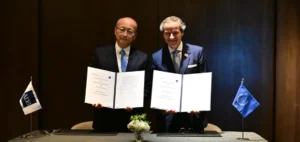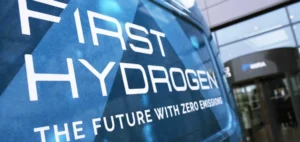Fuse Federal and Sandia National Laboratories enter into a Cooperative Research and Development Agreement (CRADA) to accelerate pulsed power technologies. This strategic collaboration strengthens U.S. nuclear security and advances clean fusion energy.
Innovative collaboration for fusion energy
The agreement between Fuse Federal and Sandia National Laboratories marks a significant step forward in pulsed power technologies. Sandia, with its expertise in high-energy-density physics, and Fuse, with its innovative approach to building pulsed power systems, aim to catalyze the global transition to fusion energy. Prof. Dr. Daniel Sinars, Director of the Pulsed Power Sciences Center at Sandia, emphasizes the importance of this collaboration in supporting the scientific and technical advances essential to managing nuclear weapons stockpiles. For Sandia, strategic innovation is at the heart of the business process, as evidenced by their participation in a wave energy project with CalWave. Fuse is taking inspiration from Sandia’s Z Machine to develop larger, more powerful commercial versions of this technology. Fuse’s TITAN demonstrator module, the first of its kind to generate power pulses with double the efficiency of conventional Marx generators, has successfully fired over 100 shots. This success paves the way for both commercial and government applications.
Public-private partnerships for a technological breakthrough
Like NASA’s COTS program, which is enabling SpaceX to develop new spacecraft, Fuse Federal is working with US government bodies to test high-intensity pulsed power technologies. This approach allows financial responsibilities to be shared, while reducing risks for both parties. JC Btaiche, CEO of Fuse, says that this partnership with Sandia is a crucial step in ensuring the strategic security of the United States as we move towards fusion energy. Fuse’s approach enables the public and private sectors to work together to modernize America’s nuclear energy infrastructure. Lisa Gordon-Hagerty, a member of Fuse’s Advisory Board and former Under Secretary for Nuclear Security, compares this collaboration to the modernization of access to space by commercial launch companies.




